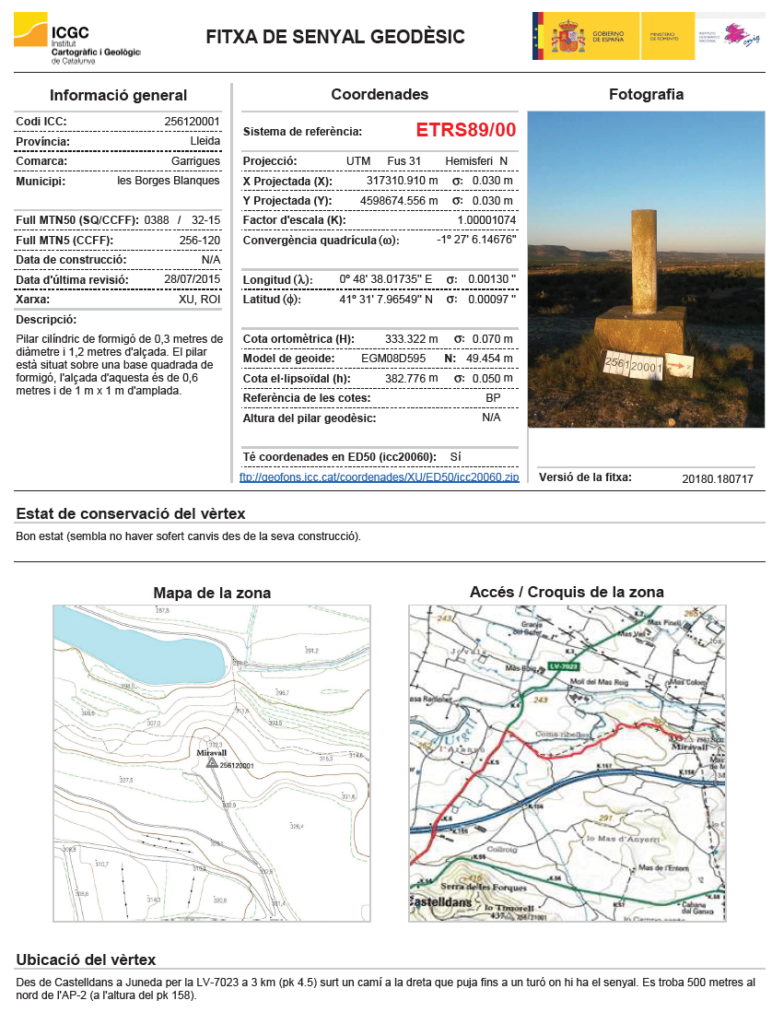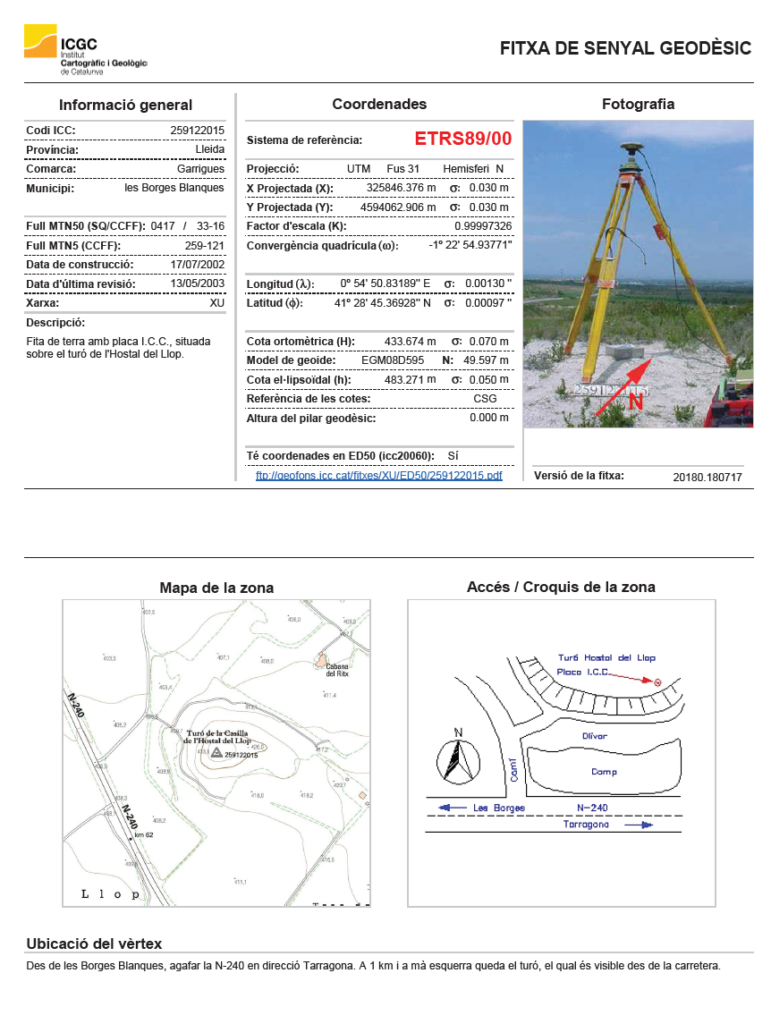XLR radios range test: 18km, 28km and 41km baseline


The eXtra Long Range (XLR) radios are our most powerful radios in our portfolio.
The specifications of these radios are quite impressive, looking at the datasheet range:
- RURAL RANGE LINE OF SIGHT***: Low data rate: Up to 105 km (65 mi)*****
- URBAN RANGE LINE OF SIGHT****: Low data rate: Up to 18 km (11 mi)*****
You will probably notice two things, the subjectivity of “Low data rate” and the big amount of asterisks.
In today’s post we will test these radios in a real GNSS application (base-rover) with the standard equipment sold by Ardusimple (not with high gain/directional antennas) and in real conditions.
We usually perform our testing in the city of Lleida, it is a middle sized city with 140.000 inhabitants and is located in a plain area without important hills in its surroundings.
We decided to mount the base station in the middle of the city, in a small hill with an elevation of ~70m wrt its surroundings.

Views from the location of the base station
Notice that Ardusimple only sells XLR radios to be used in North America and Australia (we sell both variants). The tests were conducted in Europe and the radios were active only for tests purposes for a short duration of time.
The exact material used for these tests can be found in the XLR Starter Kit available in our store.
It includes the following:
– 1 simpleRTK2B-F9P V3 board
– 1 simpleRTK2B board
– 2 u-blox ANN-MB-00 Antenna for GNSS Dual Band with cable (IP67)
– 1 Radio Modules XLR (eXtra Long Range) + 1 x radio antenna
– 1 Radio Module LR (Long Range) + 1 x radio antenna
– Base and Rover preconfiguration
It is not a typo, XLR and LR radios are fully compatible!
This is really interesting because it allows to mount a XLR radio in the base with multirover capability and as much rovers with LR radios as needed since the range of the radio is determined by the radio mounted on the base station.
It is important to mention that for both base and rover we used the omnidirectional antenna that we sell with our LR and XLR radios and Starter Kits, placed in a tripod 2m above the ground, without any ground plane.

Test 1
The first stop of our range test was at a small hill located 18,8km away from the base station, with direct line of sight:
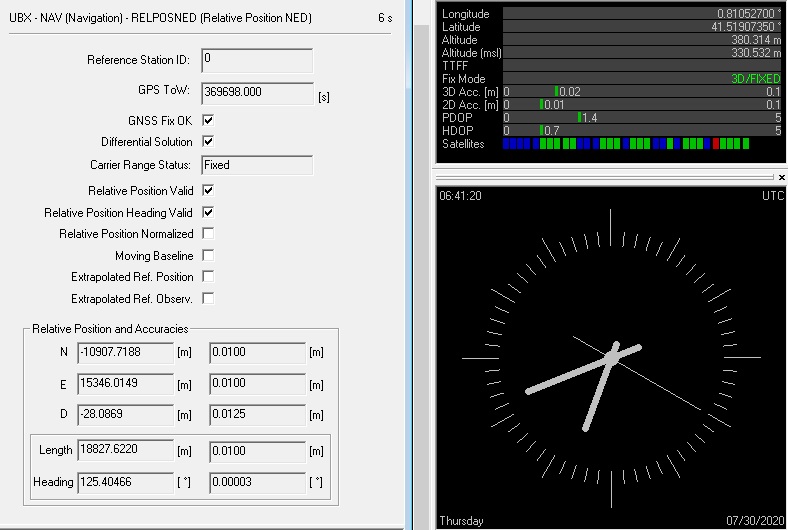
Test 2
The second stop of our range test was at a small hill located 28,5km away from the base station, with direct line of sight:

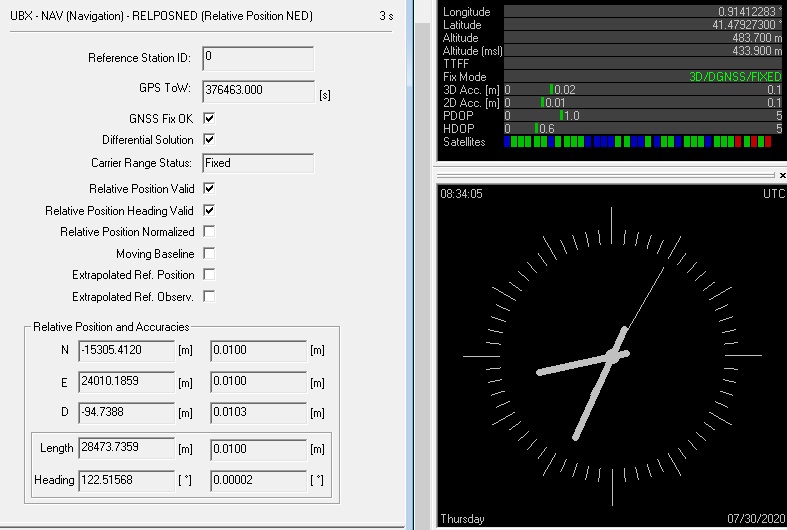
Test 3
The third and last stop of our range test was at the top of a small mountain range located 41,4km away from the base station, with direct line of sight:
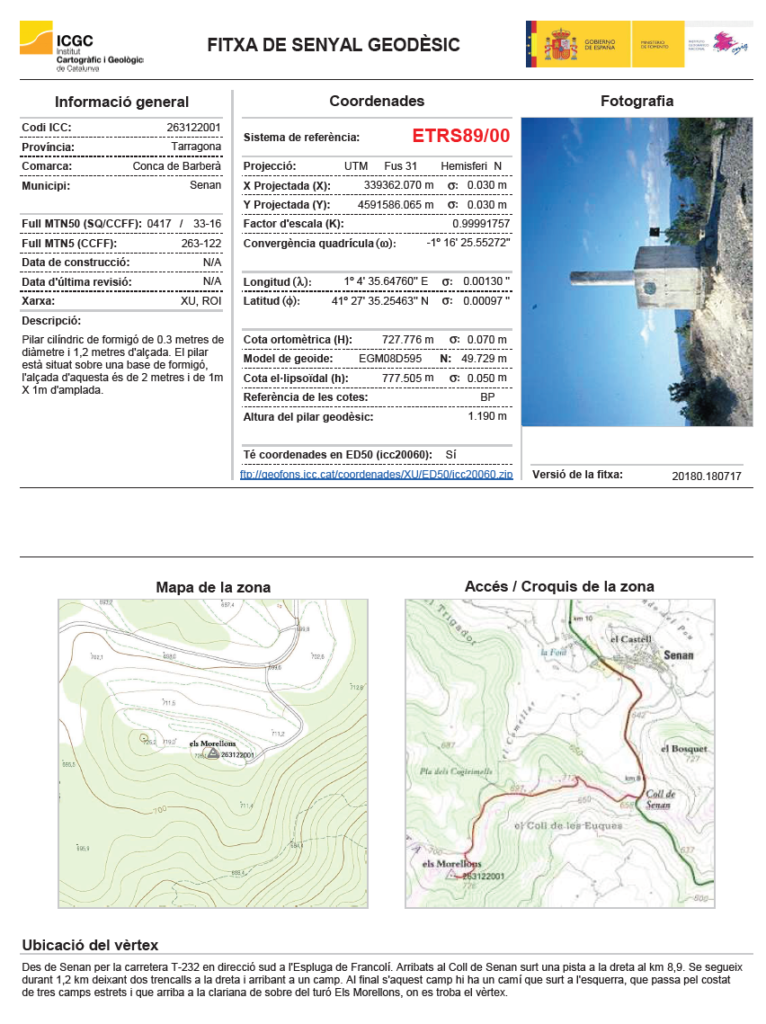

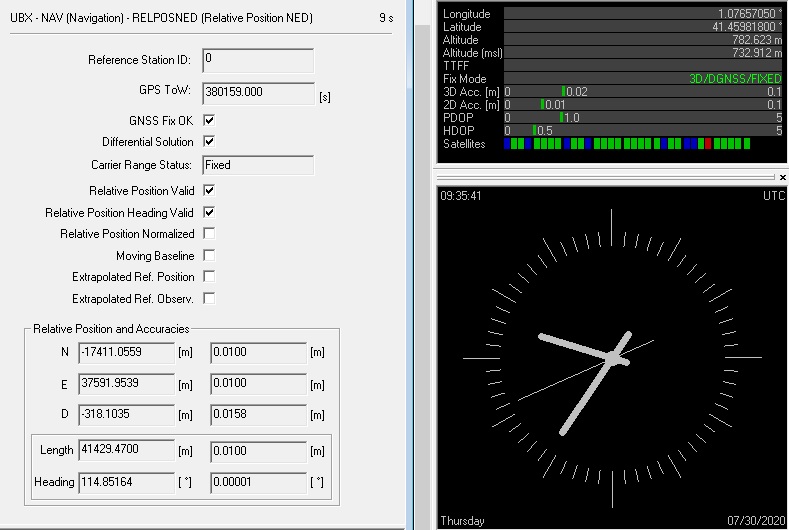
We did not go further because we only planned the three test locations in advance and also because RTK corrections lose validity with such long baselines.
With this test we have validated the robustness of the radio link in base-rover configuration.
 and
and 

